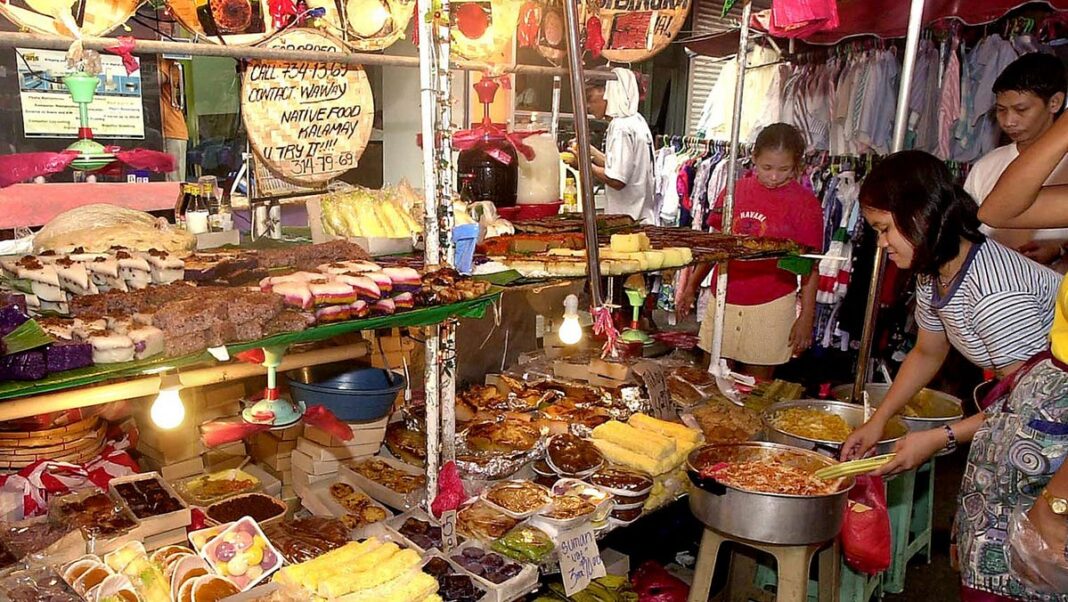What is Nochebuena? The Tradition That Makes Christmas Eve the Highlight of Holiday Celebrations
For many individuals in the U.S., Christmas Eve is merely a lead-up to the main Christmas festivities or a chance for final holiday shopping. However, for Hispanic cultures, December 24th holds significant importance.
For us, December 25th was never the main event; it was simply the day my siblings and I would unwrap gifts, watch “Home Alone,” and indulge in the leftovers from the previous evening while enjoying the toys that St. Nicholas had left for us.
This sentiment resonates with many Hispanic families.
Instead of making last-minute trips to the mall, numerous families stay home to get ready for one of the year’s largest celebrations: Nochebuena.
Here’s everything you need to know about this holiday.
What is Nochebuena?
Nochebuena, or the “Good Night,” refers to the Christmas Eve celebration embraced by numerous Latina, Hispanic, Filipino, and Spanish families across the globe, aimed at commemorating the birth of Jesus, or el Niño Jesus.
This holiday is deeply rooted in Catholic traditions, marking the eve of Christ’s birth.
Yet, as Azul Barrientos, a musician from Mexico City now living in San Antonio, pointed out, Nochebuena embodies a spirit of unity.
“Beyond the religious aspect, I perceive it as a celebration of love, togetherness, and an opportunity for revival or reconnection,” Barrientos shared with YSL News. “To me, this signifies the conclusion of a cycle, not the New Year. It’s truly all about Nochebuena.”
Who Celebrates Nochebuena?
This tradition is observed in Spain as well as various countries in South and Central America, the Caribbean, Mexico, and the Philippines. It was introduced in the U.S. by immigrants.
However, each nation and even families from the same country may have their unique ways of celebrating the evening.
How is Nochebuena Celebrated?
The celebrations vary widely depending on the culture.
While every culture has its own traditions, the central theme remains the same: a day dedicated to honoring the birth of Christ with family and close friends.
Primos, tias and tios, along with abuelos and abuelas, gather together to enjoy the festivities at someone’s home filled with food, music, and drinks.
For instance, in Cuba, families come together to prepare a communal dinner. Some cook side dishes like rice and beans, while others roast a pre-seasoned pig in a traditional caja china, which is a box used to cook a whole pig buried in coals.
Depending on their level of religious observance, some families might attend church services earlier in the day before commencing their Christmas festivities.
What Foods Are Linked to Nochebuena?
Common dishes enjoyed during Nochebuena include tamales, adobo, lechón, and pancit.
Recreating the Nativity Scene at Home or in Church
Families or churches often create beautiful and elaborate decorations to depict the nativity, known as the “acostada de niño,” or “laying of the child.” Dr. Timothy Matovina, a theology professor at the University of Notre Dame, previously explained to YSL News.
During Nochebuena, typically the youngest member of the family places the baby Jesus figure into an empty crib followed by prayer.
“This act officially kicks off the Christmas celebration within the home. Additional prayers might follow, and generally, a fiesta occurs. They may also exchange gifts,” Matovina noted. “When you mention Nochebuena in a household, the most common element you’ll encounter is the reverent placement of the Christ child in the manger.”

